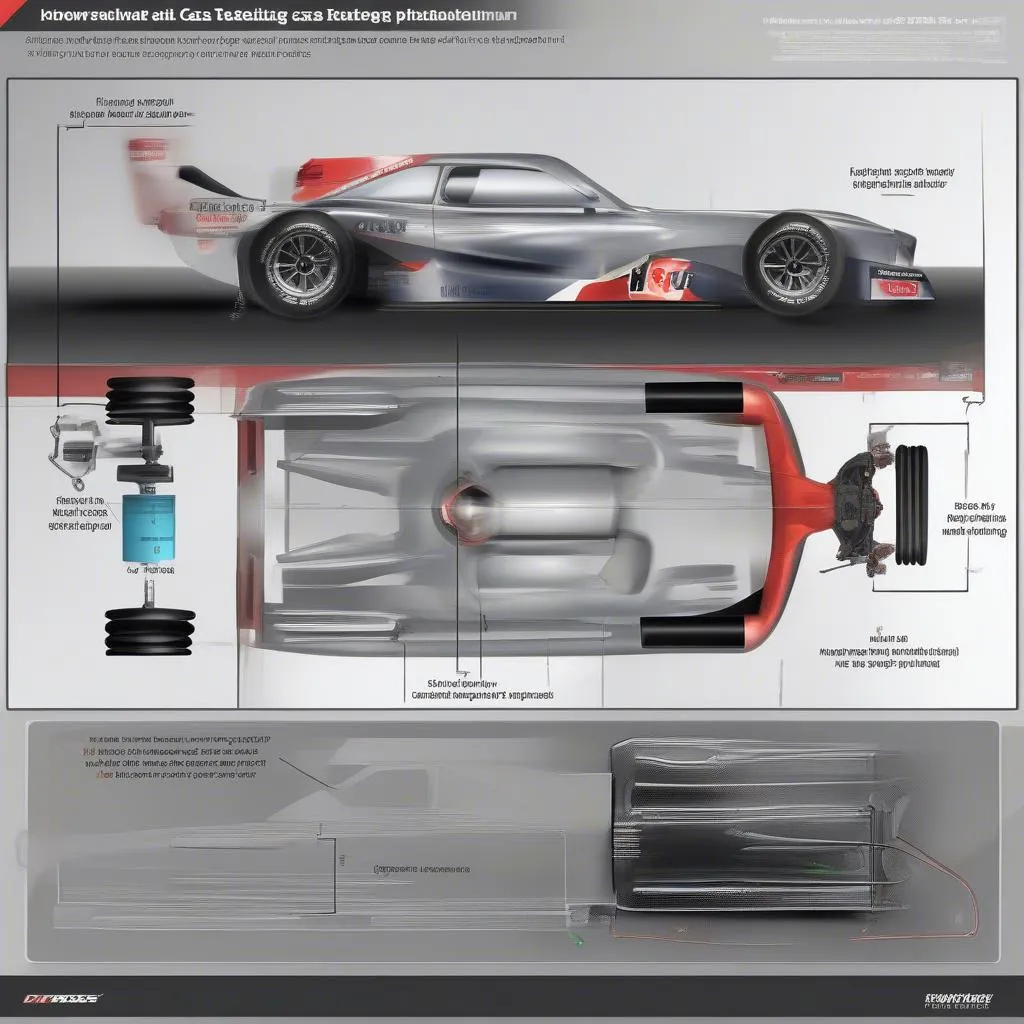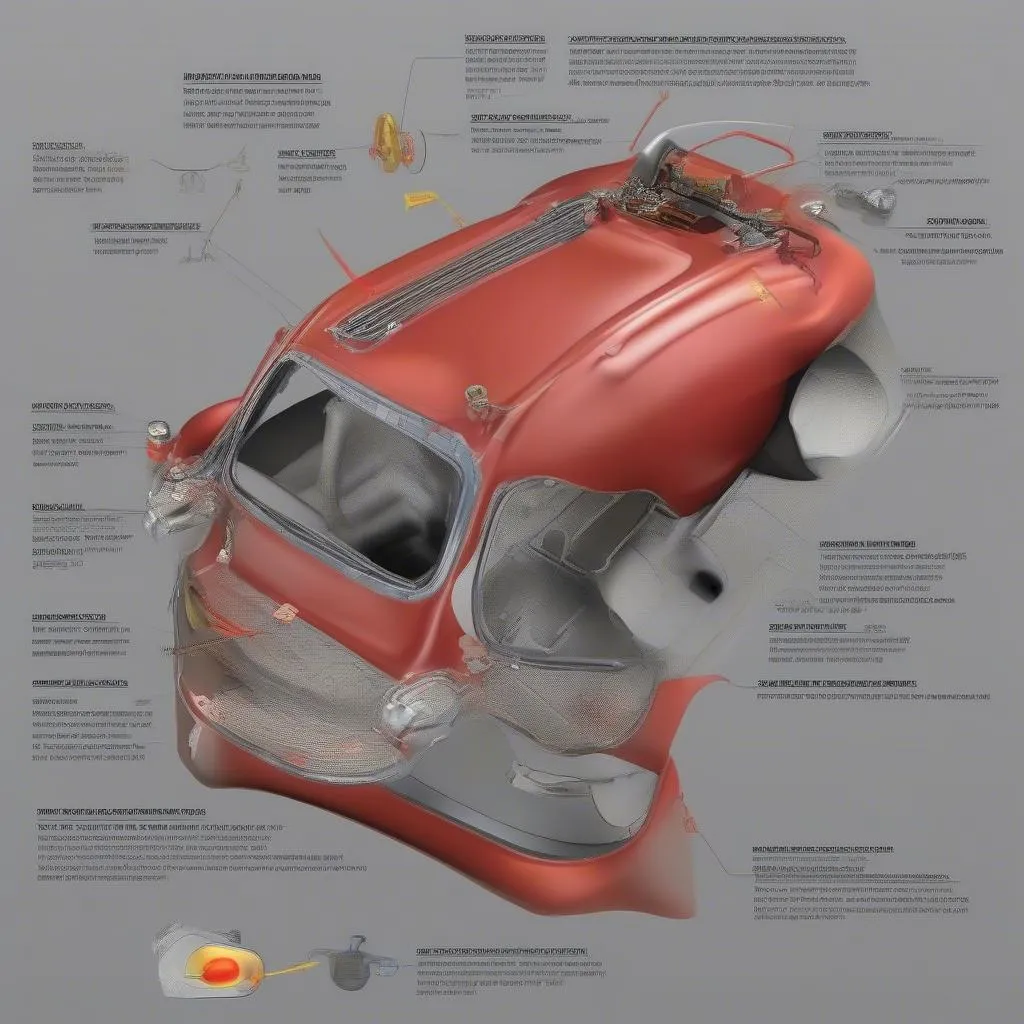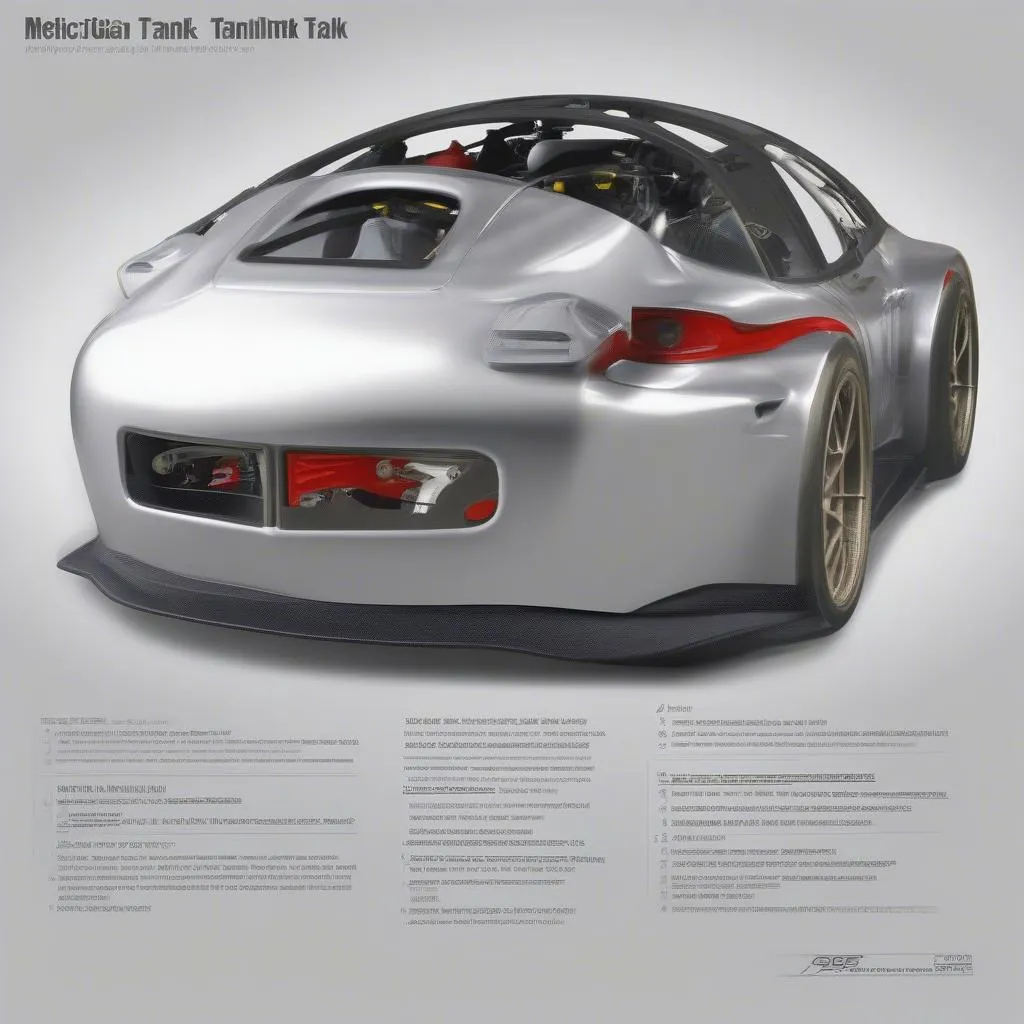Have you ever wondered why Race Car Gas Tanks are so different from your everyday car? It’s more than just a simple difference in size. The world of racing demands specialized solutions, and the gas tank is no exception. Today, we’re going to dive into the world of race car gas tanks, exploring their unique features and the reasons behind their design.
Why Are Race Car Gas Tanks So Different?
The gas tank is an essential part of any car, but in the world of racing, its role becomes even more critical. The high-performance demands of racing require a gas tank that can safely store fuel, while also being lightweight and durable.
Fuel Capacity and Location
Race car gas tanks are often much smaller than those found in regular cars. This is because race cars are designed for short bursts of speed and are refueled frequently. You’ll find that their gas tanks are placed in the most strategic locations, such as the rear or the center of the car, for optimal weight distribution and handling.
 Race car gas tank placement for optimal weight distribution
Race car gas tank placement for optimal weight distribution
Materials
Traditional steel gas tanks are heavy and can be prone to damage. Therefore, race cars often use lightweight materials such as aluminum or carbon fiber for their gas tanks. These materials provide excellent durability while keeping the overall weight down.
Safety Features
Race car gas tanks have many safety features, including a bladder system to protect the fuel container from puncture and a specialized venting system to release pressure safely during a crash. These safety features are paramount in ensuring the safety of the driver and the surrounding spectators.
Fuel Type
Race cars often use specialized fuels like race gas, which is designed to provide more power and efficiency than regular gasoline. This fuel is often used in conjunction with high-performance engines that are tuned to operate optimally with race gas.
Understanding the Importance of a Race Car Gas Tank
A race car gas tank is much more than just a container for fuel. It’s a critical component that directly influences the car’s performance and safety. Imagine a race car trying to achieve top speed while lugging around a bulky, inefficient gas tank. The result would be a significant loss of performance and potentially dangerous situations.
Performance and Efficiency
A well-designed race car gas tank can significantly contribute to a car’s performance. By optimizing the fuel capacity, location, and material, engineers can minimize weight and maximize fuel efficiency, allowing the car to reach its full potential.
Safety and Driver Protection
The safety features of a race car gas tank are vital for the protection of the driver. These features ensure that the fuel remains contained during a crash, minimizing the risk of fires and explosions. Imagine the devastating consequences of a fuel leak during a high-speed collision. The importance of a properly designed gas tank cannot be overstated.
 Race car gas tank safety features for driver protection
Race car gas tank safety features for driver protection
Common Questions About Race Car Gas Tanks
1. What is the fuel capacity of a race car gas tank?
The fuel capacity of a race car gas tank varies widely depending on the specific race series and regulations. It can range from a few gallons to as much as 30 gallons.
2. Why do race car gas tanks have a bladder system?
The bladder system helps protect the fuel tank from punctures during crashes. It acts as a barrier between the fuel and the external environment, reducing the risk of a fuel leak.
3. What are some of the materials used for race car gas tanks?
Common materials include aluminum, carbon fiber, and lightweight steel alloys. Each material offers unique advantages in terms of weight, durability, and cost.
4. What is the purpose of the venting system in a race car gas tank?
The venting system is designed to release pressure buildup within the fuel tank during crashes or extreme conditions. This system helps prevent explosions and ensures the safe release of pressure.
5. How often are race cars refueled during a race?
The frequency of refueling depends on the length of the race, the fuel capacity of the car, and the specific regulations. Pit stops for refueling are a common part of most racing events.
Looking for Expert Assistance with Your Race Car?
At Tech Car USA, we understand the complexity of race car systems. Our team of experts can assist you with diagnostics and repairs, ensuring your race car performs at its peak. For personalized support and expert advice, feel free to contact us via WhatsApp at +84767531508.
Other Related Articles You Might Find Interesting:
Conclusion
Race car gas tanks are carefully designed to meet the unique demands of racing. Their smaller size, lightweight materials, and safety features play a vital role in maximizing performance, minimizing risk, and ensuring driver protection. Understanding the inner workings of these specialized components can help you appreciate the ingenuity and dedication that go into creating a competitive race car.
For any inquiries or if you need expert assistance, don’t hesitate to reach out to our team at Tech Car USA. We’re here to provide you with the knowledge and support to keep your vehicle running smoothly.
 Race car gas tank design innovations for performance and safety
Race car gas tank design innovations for performance and safety